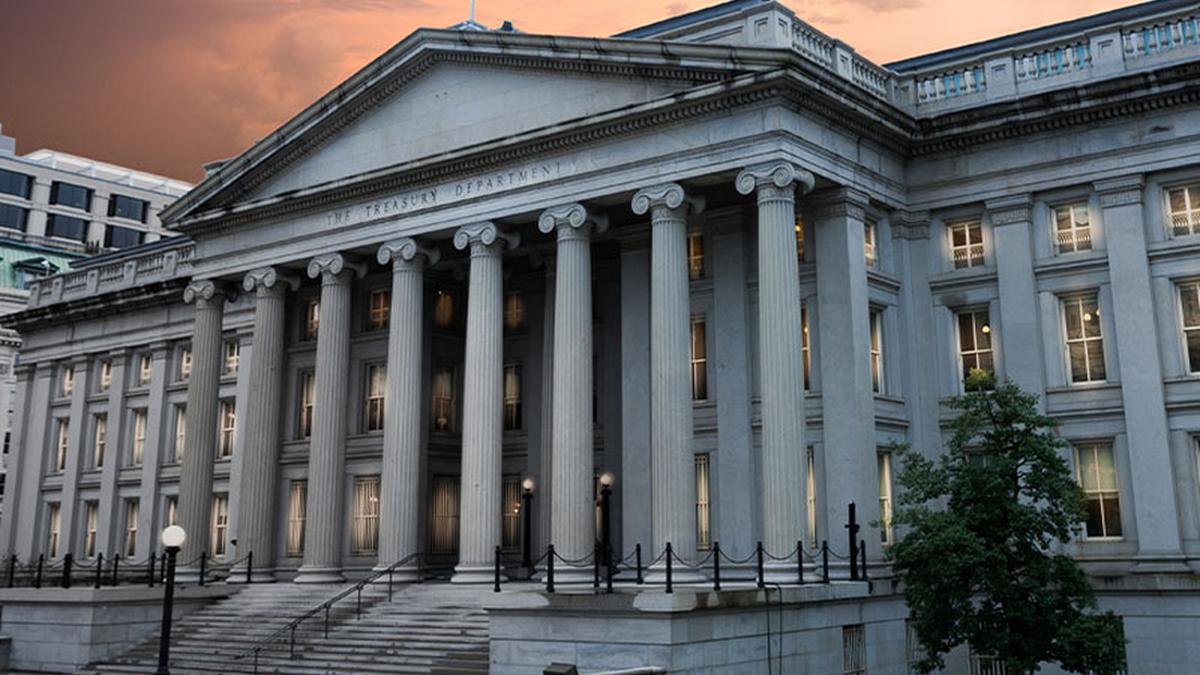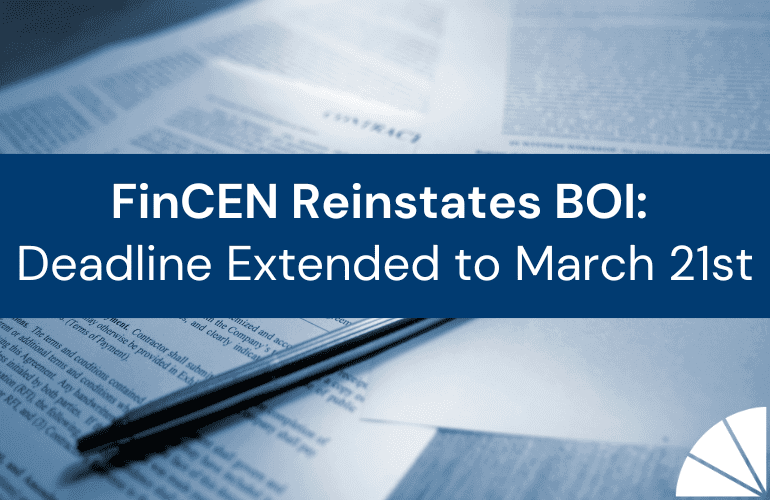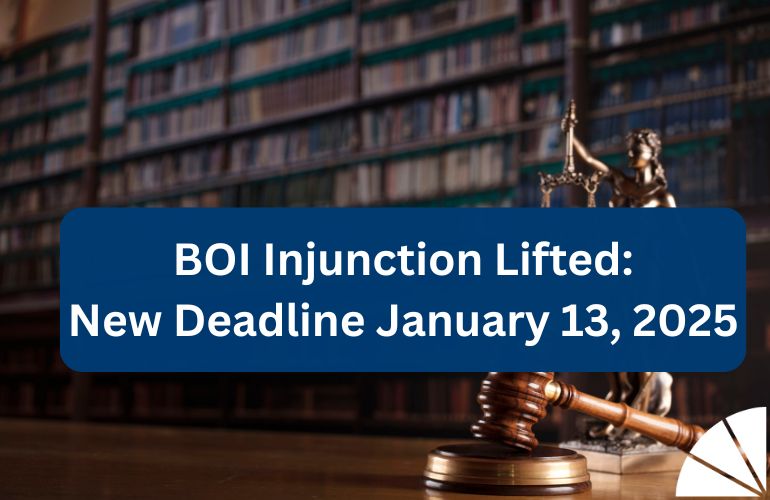
Authored by RSM US LLP
Executive summary: Second Employee Retention Credit Voluntary Disclosure program and other ERC updates
On Aug. 15, 2024, the IRS announced the details of a second employee retention credit Voluntary Disclosure program (ERC-VDP) for employers who claimed and received an ERC refund for a tax period in 2021 but were not eligible. Like the first ERC-VDP, the program will allow claimants to repay ERC at a reduced rate of 85% of the credit; this is slightly less favorable than the original ERC-VDP that allowed employers to repay 80% of their credits.
Applications to participate in the second ERC-VDP will be accepted only until Nov. 22, 2024. This second program also waives penalties and interest on the full amount, not just the 85% returned. Accepted applicants must execute a closing agreement confirming that they are not entitled to ERC and will be required to provide the name and contact information for any preparer or advisor who assisted in claiming the ERC. The IRS has published a set of FAQs relating to the second ERC-VDP details and application process.
The IRS also recently announced that they are making continued progress in processing the backlog of ERC claims, with the goal of paying out low-risk claims more quickly, including another 50,000 valid claims that will move towards payment processing soon. The agency intends to continue carefully processing low-risk claims, now including those filed through Jan. 31, 2024, while also pursuing erroneous refunds with more than 30,000 “clawback” notices to recapture improper ERC payments, and 28,000 letters disallowing unpaid claims.
Additionally, the IRS released five more red flag issues they are regularly seeing in newly processed ERC claims; the agency recommends that businesses whose claims fall into any of these warning sign categories consider participating in the second ERC-VDP or the ERC Withdrawal Program.
IRS announces details for the second ERC Voluntary Disclosure Program
Second ERC VDP extends the IRS initiative to combat dubious ERC claims
Over the last year, the IRS has implemented several measures intended to identify and counter incorrect or fraudulent ERC claims, including the ERC Withdrawal Program, the first ERC-VDP, and the moratorium on ERC processing that began on Sept. 14, 2023. According to the IRS, the first ERC-VDP allowed “More than 2,600 taxpayers … to resolve their improper ERC claims and avoid civil penalties and unnecessary litigation.”
The agency has also recently announced that the processing moratorium will be partially lifted, allowing revenue agents to resume processing certain low-risk claims. However, the IRS continues to find evidence of questionable ERC claims. To encourage more businesses who may have been incorrectly or fraudulently induced into filing to come forward, the agency has released the details of a second ERC-VDP which will allow ERC claimants who have already received the refund or credit against tax year 2021 employment taxes to apply to repay the ERC at a reduced rate of 85% of the claim, without penalties or interest.
The initial ERC-VDP with its more favorable rate of return (20% of any incorrect refunds) was available only for a limited time; while this second program has reduced that rate to 15%, the IRS’ intention remains to minimize the repercussions for employers who were induced into claiming ERC and have realized they were not entitled to the credits. Eligible businesses may apply to participate in the second ERC-VDP until Nov. 22, 2024.
Many promotors and marketing firms prepared ERC claims on a contingency fee basis; both VDP programs are designed to allow employers who have already paid a contingency fee to a promoter to repay the improper credits without incurring an undue burden from promotor’s fees. However, in the interest of gathering information on unscrupulous promotors and potential bad actors in the ERC space, participating employers are also required to disclose what preparers assisted them in filing the claim. The IRS is continuing to pursue civil fines and criminal charges as appropriate for these abusive preparers.
Eligibility for second ERC-VDP
Only employers who claimed ERC for 2021 and have received the refund or the credit against their employment taxes are eligible to participate in the program. (A separate withdrawal process is available for taxpayers who have not yet received an ERC credit or refund but no longer believe they are entitled to ERC). Certain taxpayers are ineligible to participate in the second ERC-VDP if any of the following apply:
- The taxpayer is under criminal investigation or has been notified that the IRS intends to commence a criminal investigation;
- The IRS has already received information alerting it to the taxpayer’s noncompliance;
- The taxpayer is undergoing an employment tax examination for the period for which it is applying; or
- The taxpayer has already received a notice and demand for repayment of all or part of the claimed ERC.
Employers who claimed ERC using a third-party payer, such as a professional employer organization (PEO) or payroll agent, are eligible for ERC-VDP, but the third-party payer must submit the application on the employer’s behalf. The announcement provides some guidance for third-party payers assisting with such applications.
In order to use the program for a given quarter of 2021, the taxpayer must repay the full amount of ERC that was applied for on the Form 941-X for that quarter, less 15%. Each quarter’s ERC must be calculated and paid separately; however, interest included with the ERC refund does not need to be returned. The requirement of the second ERC-VDP to return 85% of the credit is not negotiable; if a taxpayer believes that they are eligible for the ERC, but for a different credit amount than they originally claimed, they should instead file a subsequent amended return to report that reduction.
Terms of Participation in ERC-VDP
As with the first ERC-VDP, Employers who are approved to participate in the second program (“participants”) will be required to execute a closing agreement which provides that they are not eligible for, or entitled to, any ERC for the tax period(s) at issue. The participant will repay 85% of the claimed ERC to the Department of Treasury. Participants will still be excused from repaying overpayment interest received on any issued ERC refund, and underpayment interest will not be required if the participant makes full payment prior to executing the closing agreement.
The second program mirrors the first in that it also provides for the possibility of an installment arrangement for employers who are unable to repay the ERC amount in full. If the IRS approves repayment under an installment agreement, interest will only accrue prospectively from the agreement date. The IRS will not assert civil penalties against participants that make full payment of the 85% of claimed ERC prior to executing the required closing agreement.
Many employers who claimed ERC were also required to amend their income tax filings for the relevant periods in 2020 and 2021, because ERC cannot be claimed on wages that were claimed as a deduction against taxable income. Under both the first and second ERC-VDP, employer participants that had not already amended their income tax returns to reduce their wage deduction do not need to file amended returns or Administrative Adjustment Requests (AARs) to reduce their wage deduction. Those approved participants who already filed an amended return or AAR to reduce their wage deduction by the claimed ERC may file a subsequent amended return or AAR to reclaim the previously reduced wage expense. As part of the settlement agreement, no income will be attributed to participants as a result of participating in the program.
As part of the IRS’ ongoing efforts to identify potentially abusive ERC promotors, participants are required to provide the name, address, and phone number of any return preparer or advisor that assisted the participant in claiming the ERC, as well as a description of services provided.
Under the updated application, a taxpayer can attach a power of attorney to the form to allow another person to represent the taxpayer in making the VDP application.
Applications for ERC-VDP Due by Nov. 22, 2024, 11:59 pm Local Time.
Employers apply to participate in the second ERC-VDP by completing Form 15434, Application for ERC-VDP and submitting it via the IRS Document Upload Tool by Nov. 22, 2024. Form 15434 must be signed by an authorized person under penalties of perjury. Taxpayers can only use this form to apply for ERC-VDP for claims relating to periods in 2021. Form 15434 and its instructions will guide employers through the steps to calculate the payment required to participate in the second ERC-VDP. Taxpayers are encouraged to pay the balance via Electronic Federal Tax Payment System (EFTPS) at the time of applying for ERC-VDP, as this could speed up the resolution of the case. However, as discussed above, installment agreements may be considered for eligible participants who are unable to pay the entire balance.
The second ERC-VDP will also take applications on a first come, first serve basis, according to the IRS FAQs. Most cases should resolve quickly, according to the announcement, but the FAQs also provide the IRS is unable to estimate how long the process will take. In addition, the IRS is still reviewing applications from the first ERC-VDP, so applicants should be prepared for a delay in response time. Applicants can call the ERC-VDP hotline at 414-231-2222 and leave a voicemail to check on the status of their application or for assistance with the second ERC-VDP process, including completing Form 15434.
If a taxpayer’s application to participate in the second ERC-VDP is approved, the IRS will prepare and mail a closing agreement to the participant. Once a participant receives the ERC-VDP closing agreement package, they must review and return the signed agreement within 10 business days. Any balances due must be paid prior to signing the agreement in order to receive all the benefits of the program.
Note that there is no review or appeal method for taxpayers deemed ineligible to participate in the second ERC-VDP. Additionally, a taxpayer’s participation in the second ERC-VDP does not preclude the IRS from later investigating any criminal conduct, nor does participation provide any immunity from prosecution.
IRS provides additional ERC processing updates and potential warning signs for erroneous claims
The IRS also announced that it has identified another 50,000 valid ERC claims that will move towards payment processing in the near future. The agency intends to prioritize these low-risk claims, in the interest of assisting small businesses by getting approved refund checks in the mail quickly. Notably, the prior IRS moratorium on processing ERC claims filed after Sept. 14, 2023 is no longer in place with the IRS opening processing on ERC claims filed through Jan. 31, 2024. While 50,000 claims may seem like a significant number, as of the last major IRS announcement on June 20, 2024, there were 1.4 million pending ERC claims. The announcement did not address a timeline or plan for processing ERC claims filed after Jan. 31, 2024.
The IRS continues to focus on denying erroneous or fraudulent ERC claims and has mailed 28,000 letters disallowing unpaid ERC claims to businesses in the last few weeks. Because the IRS does not necessarily have enough information to be sure of these denials, these disallowance letters allow taxpayers to challenge the IRS’ findings and support their claims via administrative appeals. The IRS announcement also highlighted the mailing of thousands of recapture letters (sometimes referred to as “clawback” notices) for 2021 quarters. These letters are being sent to taxpayers who have already received ERC refunds which the IRS believes were paid in error and provide that the IRS is reversing or recapturing the previously paid credit. The agency estimates that up to 30,000 of these recapture letters will be sent this fall, with the goal of recapturing potentially $1 billion in erroneous ERC refunds. It is not clear at this time what administrative remedies may be available to taxpayers who receive such “clawback” notices or how the IRS is determining them to be in error. Taxpayers who receive one of these notices will not be eligible for ERC VDP for the quarter for which they receive the notice.
The IRS also reported on its compliance initiatives in the ERC area. The announcement noted the initiation of 460 criminal cases, gathering of information to support promoter investigations and the auditing of thousands of ERC claims.
While the IRS continues to review ERC claims, the agency emphasized that they continue to encourage taxpayers to review their own existing claims to identify filings that may not have complied with the mandatory eligibility or credit calculation requirements. The IRS has previously released a list of factors that point to an incorrect or suspicious claim and is now adding another five potential red flags to the earlier list.
The new red flags are as follows:
- Essential businesses that continued operating without impacts during the pandemic and did not have a decline in gross receipts.
- Businesses that are unable to show that a government order caused a full or partial suspension of operations.
- Businesses that included family members’ wages in their calculation of ERC qualified wages.
- Businesses that included wages used for PPP loan forgiveness in their calculation of ERC qualified wages.
- Large employers that included wages paid when employees were providing services; under ERC guidance, large employers could only claim ERC using those wages paid to employees who were not providing services.
Taxpayers who determine their ERC claim is questionable should discuss with their tax advisor the appropriate method for resolution. Possibilities include the second ERC VDP, the withdrawal program, and amending a return to claim a corrected amount. Taxpayers who have not consulted with their tax professional to determine whether their claim is questionable should also do so.
This article was written by Marissa Lenius, Kelly Field, Alina Solodchikova, Karen Field and originally appeared on 2024-08-21. Reprinted with permission from RSM US LLP.
© 2024 RSM US LLP. All rights reserved. https://rsmus.com/insights/tax-alerts/2024/irs-announces-second-erc-voluntary-disclosure-program-erc-updates-warnings.html
RSM US LLP is a limited liability partnership and the U.S. member firm of RSM International, a global network of independent assurance, tax and consulting firms. The member firms of RSM International collaborate to provide services to global clients, but are separate and distinct legal entities that cannot obligate each other. Each member firm is responsible only for its own acts and omissions, and not those of any other party. Visit rsmus.com/about for more information regarding RSM US LLP and RSM International.
The information contained herein is general in nature and based on authorities that are subject to change. RSM US LLP guarantees neither the accuracy nor completeness of any information and is not responsible for any errors or omissions, or for results obtained by others as a result of reliance upon such information. RSM US LLP assumes no obligation to inform the reader of any changes in tax laws or other factors that could affect information contained herein. This publication does not, and is not intended to, provide legal, tax or accounting advice, and readers should consult their tax advisors concerning the application of tax laws to their particular situations. This analysis is not tax advice and is not intended or written to be used, and cannot be used, for purposes of avoiding tax penalties that may be imposed on any taxpayer.





